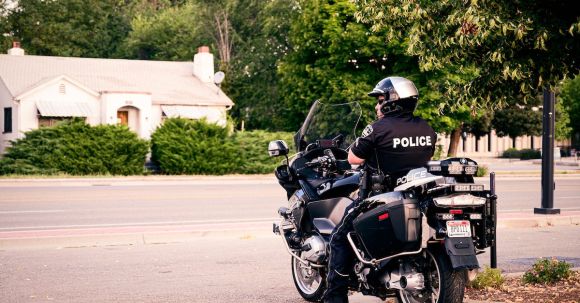Riding a motorcycle provides a thrilling experience, but it also comes with inherent risks. As a rider, it is crucial to prioritize safety on the road. One of the most important investments you can make is in high-quality motorcycle body armor. This guide will walk you through the essential factors to consider when selecting the right body armor for your needs.
Understanding the Types of Body Armor
Before diving into the selection process, it’s important to understand the different types of motorcycle body armor available. There are two main categories: soft armor and hard armor.
1. Soft Armor: Soft armor is made from flexible materials such as Kevlar or high-density foam. It is designed to provide impact protection without sacrificing mobility. Soft armor is commonly used in jackets, pants, and other motorcycle gear.
2. Hard Armor: Hard armor, on the other hand, is made from rigid materials such as carbon fiber or plastic. It offers a higher level of protection against more severe impacts. Hard armor is typically found in dedicated protective vests or inserts that can be worn under clothing.
Assessing Impact Protection
When it comes to body armor, impact protection is paramount. Look for armor that is CE certified, as this ensures it meets the necessary European safety standards. The CE certification is typically indicated by a label or tag on the armor.
Additionally, consider the level of protection offered by the armor. Some armor provides basic protection, while others offer advanced features like multi-layer construction or reinforced padding in high-impact areas. Assess your riding style and the potential risks you may encounter to determine the level of impact protection you need.
Evaluating Comfort and Fit
Comfort and fit are crucial when selecting motorcycle body armor. Ill-fitting armor can be uncomfortable and restrict your movements, compromising both safety and enjoyment while riding. Look for armor that offers adjustable straps or closures to ensure a snug and secure fit.
Consider your riding position as well. If you ride in a more aggressive position, such as on a sportbike, opt for armor that offers increased flexibility and range of motion. Conversely, if you ride in a more upright position, such as on a cruiser, prioritize armor that provides ample coverage and protection for your back and chest.
Choosing the Right Material
The material used in the construction of body armor plays a significant role in its effectiveness. Kevlar and high-density foam are commonly used in soft armor, while carbon fiber and plastic are often found in hard armor.
Kevlar is known for its excellent abrasion resistance, making it a popular choice for motorcycle gear. High-density foam, on the other hand, provides impact protection by absorbing and dispersing energy. Carbon fiber and plastic offer rigidity and strength, making them ideal for hard armor.
Maintaining and Replacing Body Armor
Regular maintenance and inspection of your body armor are essential to ensure its continued effectiveness. Follow the manufacturer’s guidelines for cleaning and care, and inspect the armor for any signs of damage or wear regularly. If the armor shows signs of deterioration or has been involved in a significant impact, it should be replaced immediately.
Conclusion: Prioritize Your Safety
Selecting the right motorcycle body armor is a crucial step in prioritizing your safety on the road. Assess your riding style and potential risks, and choose armor that offers the appropriate level of impact protection. Ensure a comfortable and secure fit, and consider the materials used in the construction of the armor. Lastly, maintain and replace your armor as needed to ensure its continued effectiveness. By following these guidelines, you can ride with confidence knowing you have made an informed choice in selecting your body armor.
